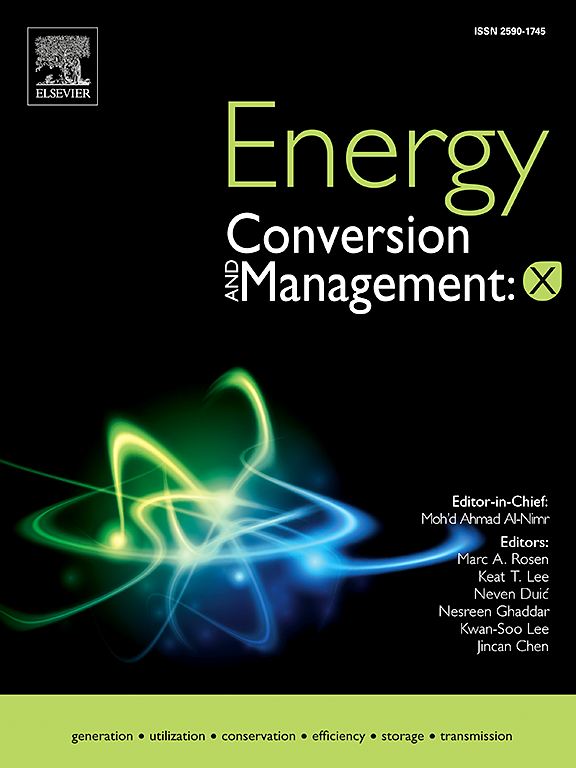Multi-objective combinatorial methodology for nuclear reactor site assessment: A case study for the United States
IF 7.1
Q1 ENERGY & FUELS
引用次数: 0
Abstract
As clean energy demand grows to meet sustainability and net-zero goals, nuclear energy emerges as a reliable option. However, high capital costs remain a challenge for nuclear power plants (NPP), where repurposing coal power plant sites (CPP) with existing infrastructure is one way to reduce these costs. Additionally, Brownfield sites — previously developed or underutilized lands often impacted by industrial activity — present another compelling alternative. This study introduces a novel multi-objective optimization methodology, leveraging combinatorial search to evaluate over 30,000 potential NPP sites in the United States. Our approach addresses gaps in the current practice of assigning pre-determined weights to each site attribute that could lead to bias in the ranking. Each site is assigned a performance-based score, derived from a detailed combinatorial analysis of its site attributes. The methodology generates a comprehensive database comprising site locations (inputs), attributes (outputs), site score (outputs), and the contribution of each attribute to the site score. We then use this database to train a neural network model, enabling rapid predictions of nuclear siting suitability across any location in the United States. Our findings highlight that CPP sites are highly competitive for nuclear development, but some Brownfield sites are able to compete with them. Notably, four CPP sites in Ohio, North Carolina, and New Hampshire, and two Brownfield sites in Florida and California rank among the most promising locations. These results underscore the potential of integrating machine learning and optimization techniques to transform nuclear siting, paving the way for a cost-effective and sustainable energy future.
求助全文
约1分钟内获得全文
求助全文
来源期刊

Energy Conversion and Management-X
Multiple-
CiteScore
8.80
自引率
3.20%
发文量
180
审稿时长
58 days
期刊介绍:
Energy Conversion and Management: X is the open access extension of the reputable journal Energy Conversion and Management, serving as a platform for interdisciplinary research on a wide array of critical energy subjects. The journal is dedicated to publishing original contributions and in-depth technical review articles that present groundbreaking research on topics spanning energy generation, utilization, conversion, storage, transmission, conservation, management, and sustainability.
The scope of Energy Conversion and Management: X encompasses various forms of energy, including mechanical, thermal, nuclear, chemical, electromagnetic, magnetic, and electric energy. It addresses all known energy resources, highlighting both conventional sources like fossil fuels and nuclear power, as well as renewable resources such as solar, biomass, hydro, wind, geothermal, and ocean energy.
 求助内容:
求助内容: 应助结果提醒方式:
应助结果提醒方式:


